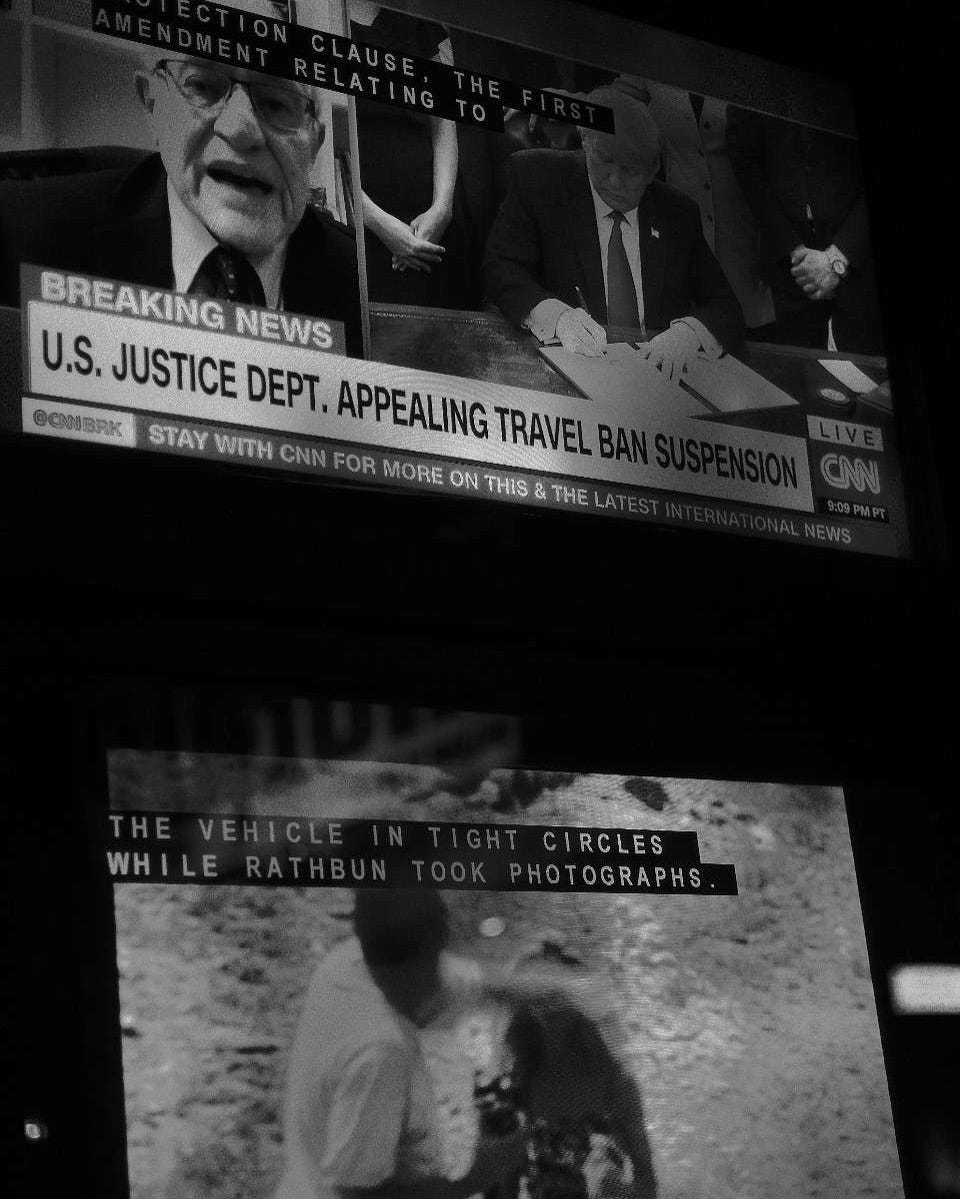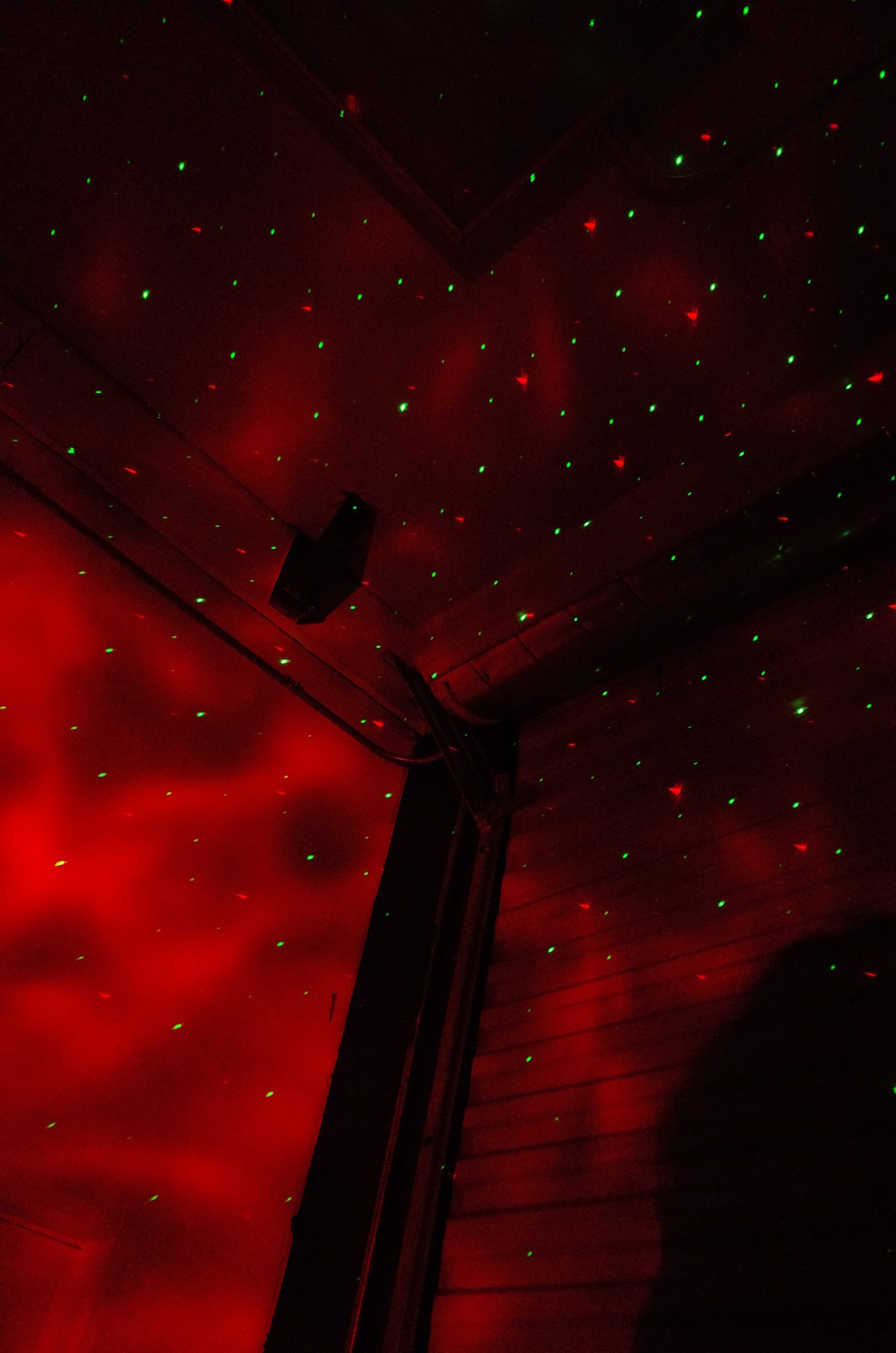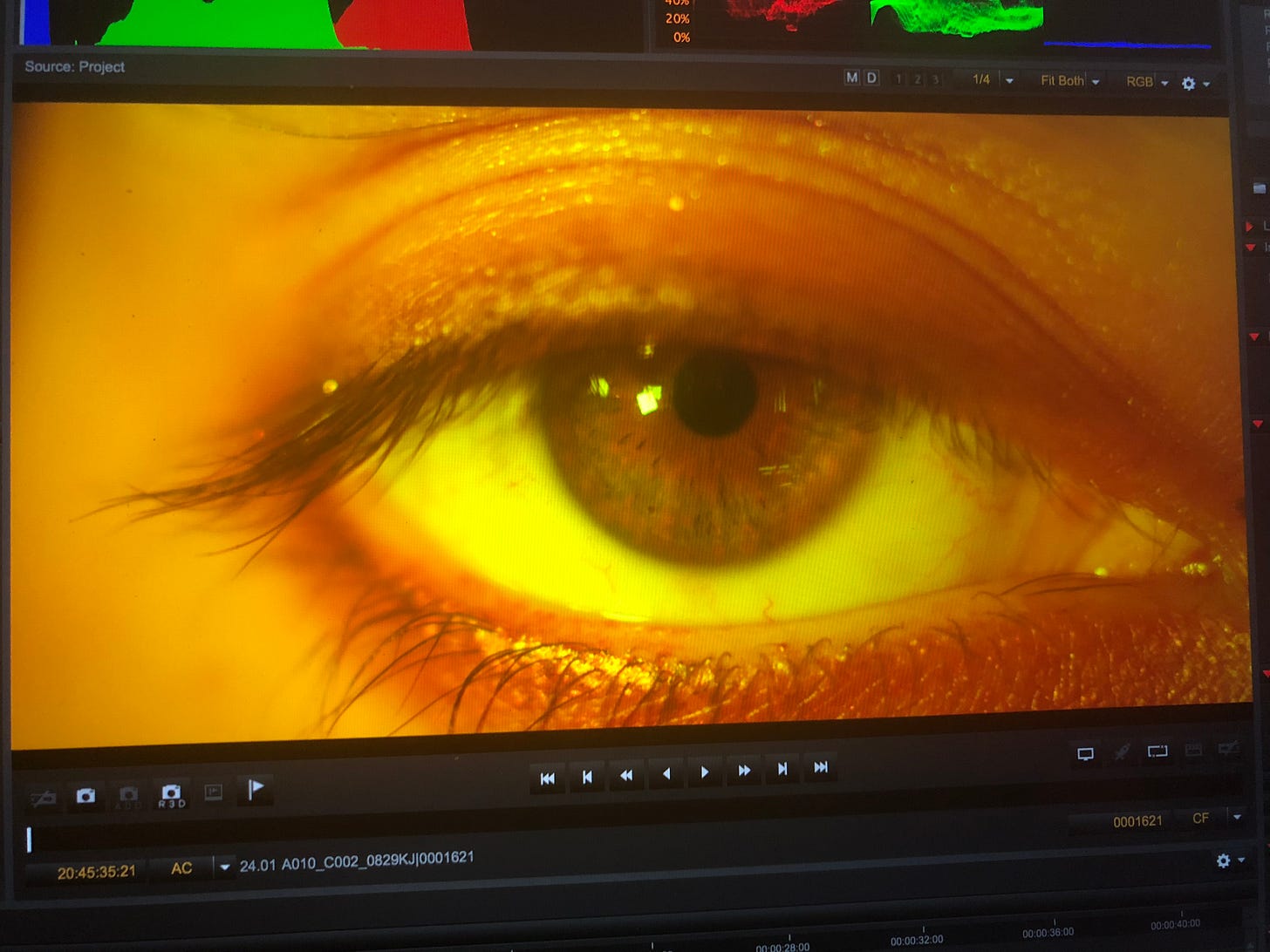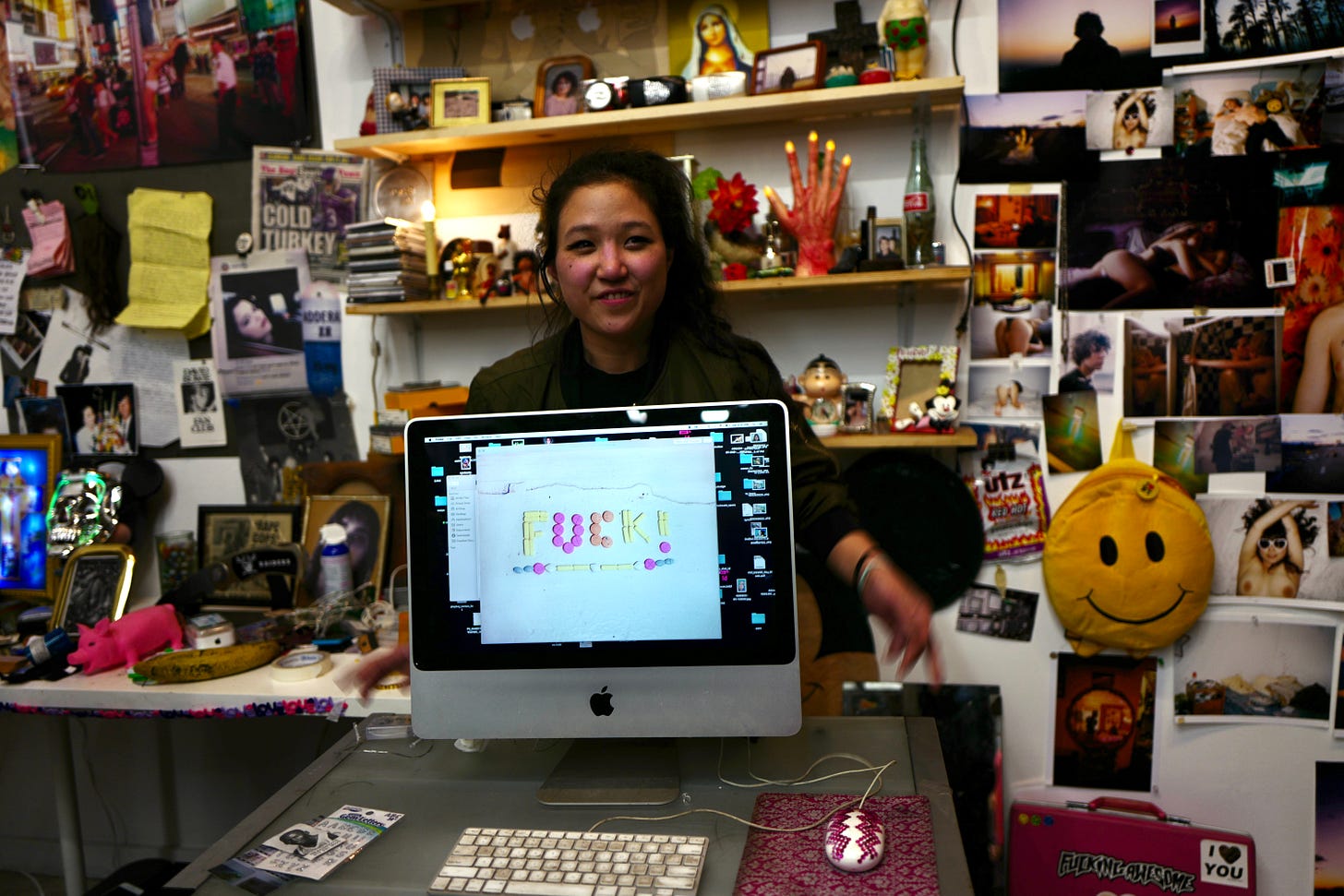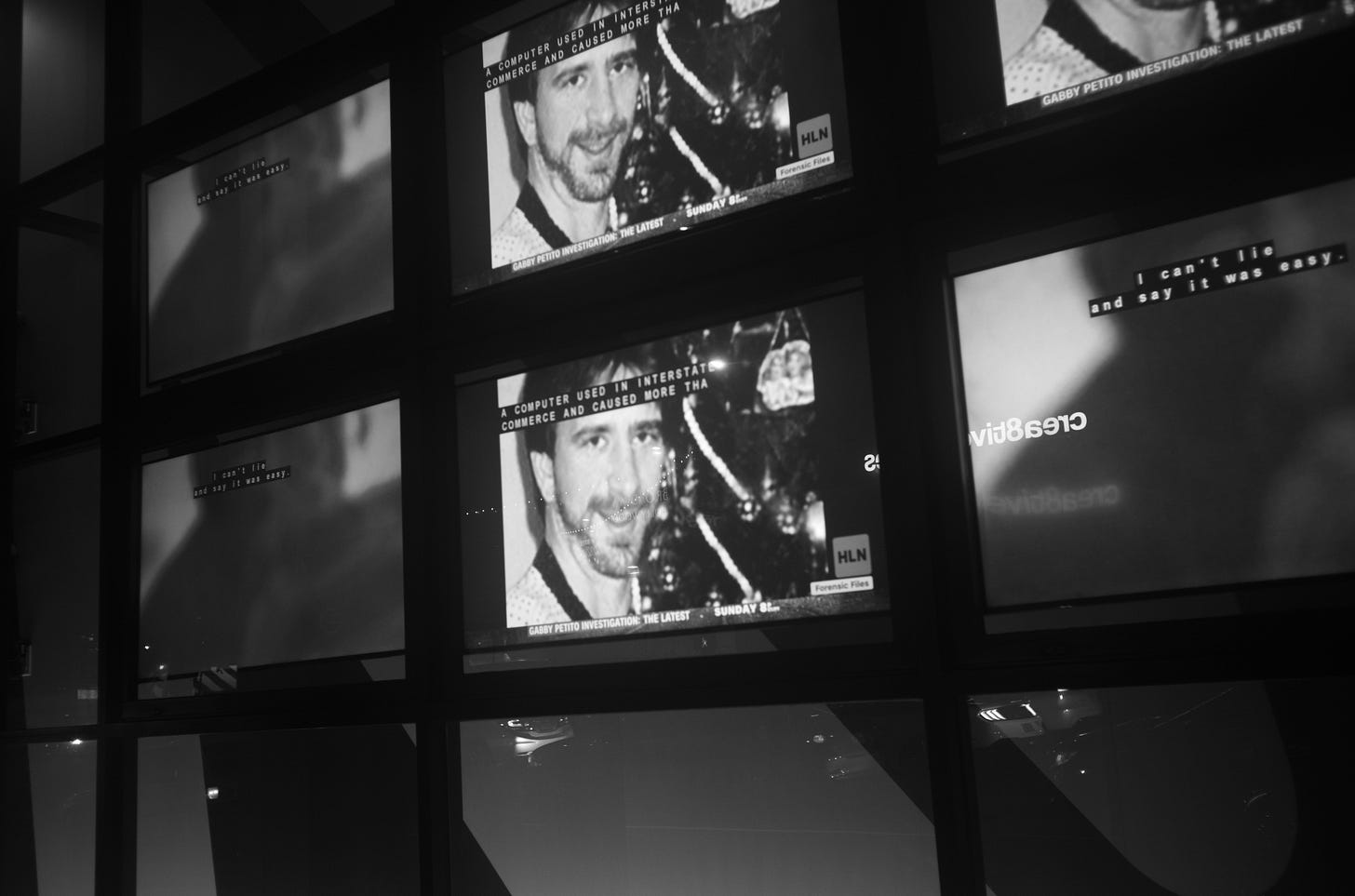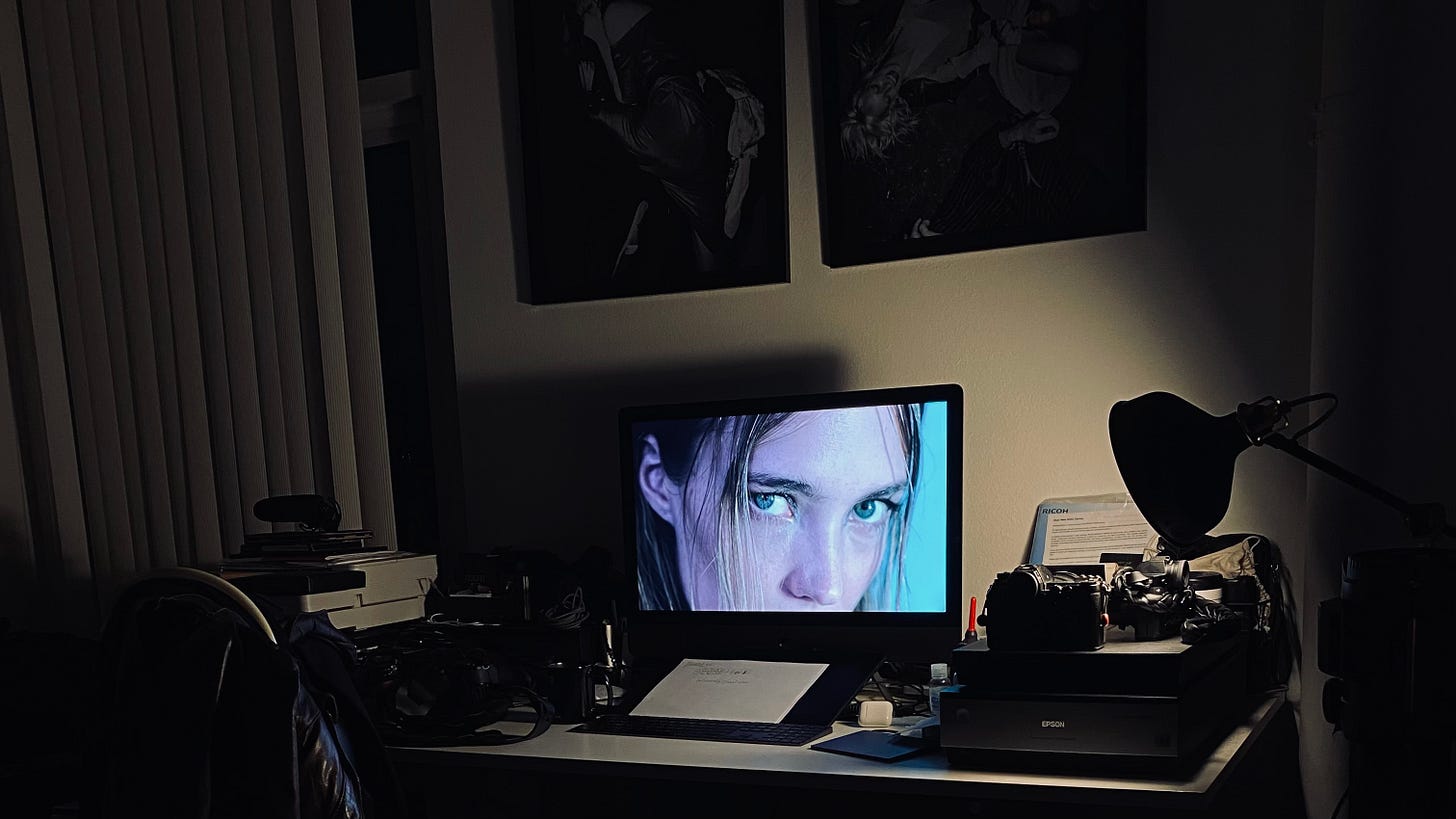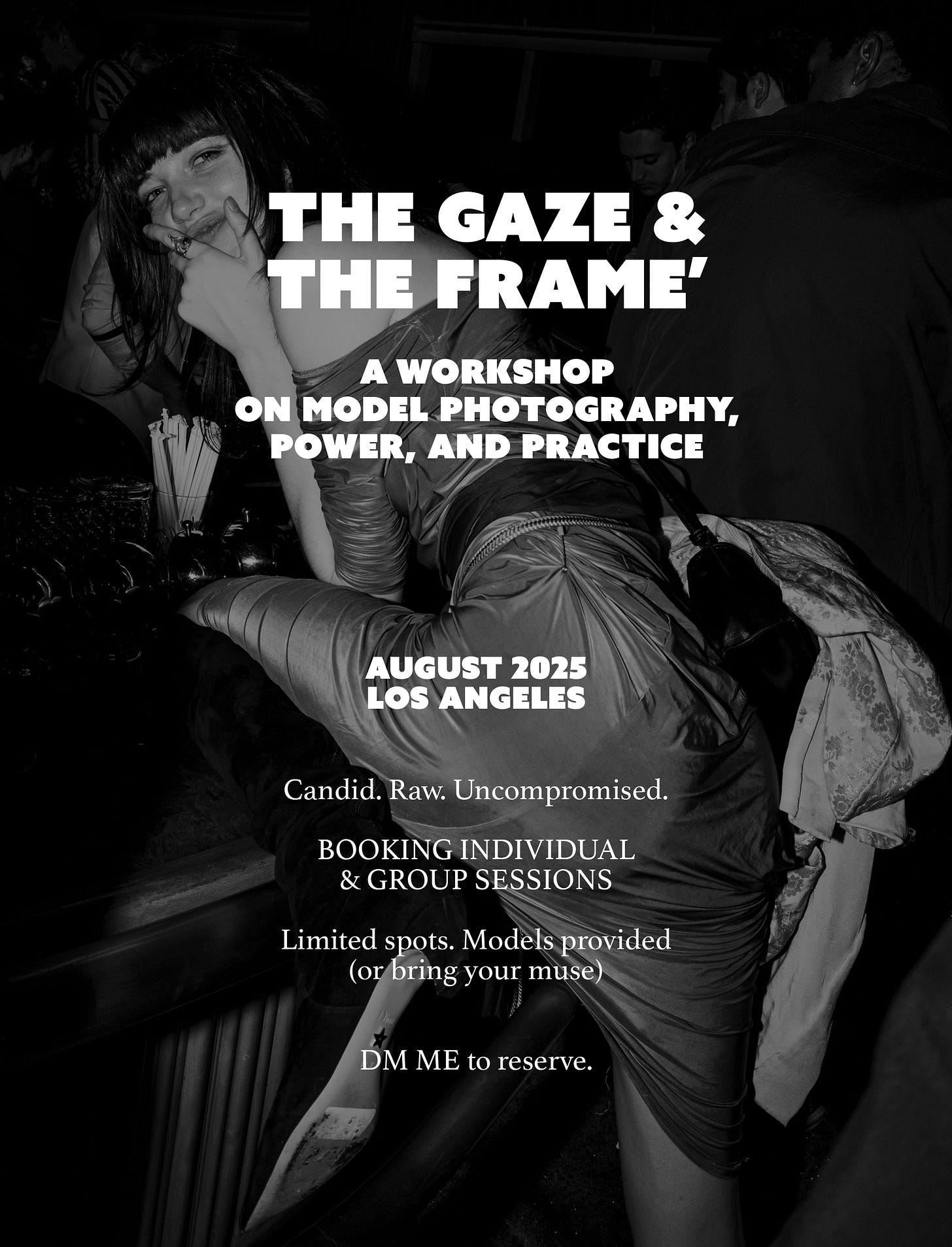The Image in Crisis Part 1: THE IMAGE AS SPECTACLE
What if Susan Sontag wrote On Photography in 2025: Performativity, Content Fatigue, and the Politics of Refusal
Series: The Image in Crisis — Part I
“Photographs objectify: they turn an event or a person into something that can be possessed.”
—Susan Sontag, On Photography
We’re past the saturation point. Past the moment when photography was a means of remembering, or even seeing. The photograph in 2025 isn’t a trace of the real—it’s a signal flare in a war for attention. A bid for presence. A pose masquerading as witness.
What Sontag feared in 1977 has fully unfolded: a world where every image flattens complexity, aestheticizes pain, and replaces intimacy with visibility.
But I’d go further.
We haven’t just turned life into a series of consumable spectacles.
We’ve turned ourselves into stage props in the machine of content.
And photography—once a form of magic, of recording the sacred strangeness of presence—has become its own form of disappearance.
I. The Performance of Realness: When the Subject Knows
Photography today is always already a performance. The model knows the camera is there—must know. In my own model shoot history—especially within the trajectory from fetish to alt-glamour to political erotics—I’ve seen the shift from the subject who inhabits a gaze to the subject who controls it, who sells it back, pre-packaged in “authenticity.”
The candid is dead. Killed by being able to take it. Killed by the algorithm. Killed by camera companies that “cancel” a photographer for being bold on the streets.
Even street photography (a genre I’ve worked inside with Gilden and others) now reflects this tension: a look to camera that says, “I know what you’re doing. I’m part of it.” When do we photograph places that street photographers don’t photograph? New York? It’s been photographed so much. Venice Beach? Downtown LA?
The real becomes a choreographed echo of itself.
Sontag called this the aggression of photography—the theft of something private, internal, unknowable. But today, the aggression is mutual. The subject colludes. The photographer is the subject. The audience becomes the director.
We don’t take photographs. We perform the experience of being seen.
And that performance has rules:
Show skin, but not scars.
Be vulnerable, but polished.
Grieve, but do it beautifully.
II. The Hegelian Hypercube of the Photo Image: 7 Angles on Spectacle
I believe in Hegialian logic, take a subject or object and work the scene until you have exhausted all angles. Using the idea of the hypercube—a multidimensional assessment of symbolic, political, mythic, sensory, economic, temporal, and subconscious dynamics—we can dissect how Sontag’s critiques (or would critique) metastasize in 2025:
Symbolic:
Every photo is now a stand-in, not a statement. It doesn’t mean—it signals. The model holding a protest sign isn’t fighting; they’re branding.
Political:
Photography doesn’t witness injustice—it packages it. War becomes scrollable. Police brutality becomes aestheticized in high-contrast black & white.
Radicality becomes moodboard.
Mythic:
The influencer becomes godlike. The model is the oracle of consumption. The camera—once a hunter—is now a shrine to the self-image. We’re all Narcissus now, feeding the algorithmic pool.
Sensory:
We’ve hyper-saturated our visual nerves. Softbox skin, curated chaos, endless golden-hour light. The eye no longer rests. It scrolls, it scans, it’s trained to want more.
Economic:
Attention is currency. A good photo gets you paid, liked, validated. But not because it reveals truth—because it triggers a dopamine loop.
Your gaze is a monetized reflex.
Temporal:
Photographs used to hold time still. Now they erase it. Stories vanish after 24 hours. The image doesn’t last—it loops endlessly until it’s forgotten.
What was once memory is now momentum.
7. Subconscious:
We no longer know what we’re showing. The image shows us. What we desire. What we fear. What we cannot name.
The spectacle becomes a dream-state we forgot we entered.
III. Case Study: The Erotic as Algorithm
In the model shoot history I’ve documented, the 1990s fetish boom gave way to 2000s alt-porn—subversive, coded, punk. But by the 2010s, that edge dulled. Aesthetic replaced ethic. We traded rawness for resolution.
What was once transgressive became marketable.
What was once a document of identity became branding.
Even in my MYLAR series—where I use distortion, reflection, abstraction to explore projected identity—there’s a question I can’t escape:
Am I making an image that sees, or one that performs seeing?
Sontag warned us: every photo risks turning its subject into an object. But in 2025, the subject already turned themselves into a brand. We’re caught in a recursive loop of consent, control, and spectacle.
The erotic in photography now exists only if it is shareable—reelable, saveable, swipeable. If it doesn’t perform well, it doesn’t exist.
The image is no longer an artifact. It’s a negotiation with the algorithmic unconscious.
IV. Refusal as Radical Gesture
So what now?
Sontag ends On Photography not with a condemnation, but a call for moral awareness.
Today, that call sounds different. Louder. Maybe even final.
We need new ethics. New refusals. A new aesthetic of no.
Refuse to aestheticize suffering.
Refuse to polish protest.
Refuse to shoot what only wants to be seen.
Refuse the dopamine loop.
Refuse the performance of authenticity.
Instead, return to the sacred problem:
What does it mean to look at something real?
Not perform it. Not curate it. Not content-fy it.
Just see it.
And maybe let it wound you.
What Now? What is real?:
“Needing to have reality confirmed and experience enhanced by photographs is an aesthetic consumerism to which everyone is now addicted.”
—Sontag
Photography today is not a confirmation of reality.
It’s a replacement for it.
But there are still photographers, lens-based artists—not content creators, not influencers, not spectators—who seek the tremble of presence.
Who wait, who don’t pose, who let the picture take them, not the other way around.
In Part II, we’ll explore Charles Harbutt’s idea of that collision—when reality, body, and machine align—and the photograph becomes something more than spectacle.
It becomes proof of aliveness.
One More Thing:
Next Month: GAZE AND THE FRAME — A Workshop in Los Angeles
Talk, Panels, Models and Photographers.
August 29, 2025
Image culture isn’t neutral. Modeling isn’t innocent. The gaze still has teeth.
This is a workshop about how power moves through the lens. It’s about desire, authorship, glamour, and control. It’s about who gets seen, how, and why.
And how we can shoot back.
Los Angeles
General Admission + Tiered Participation Options
Let’s make meaning, not just content.
Let’s reclaim the frame.
Subscribe for the next entry of THE IMAGE IN CRISIS (coming tomorrow):
→ The Image as Presence: Let the Pictures Take You (Harbutt, and Being Alive in the Frame)


